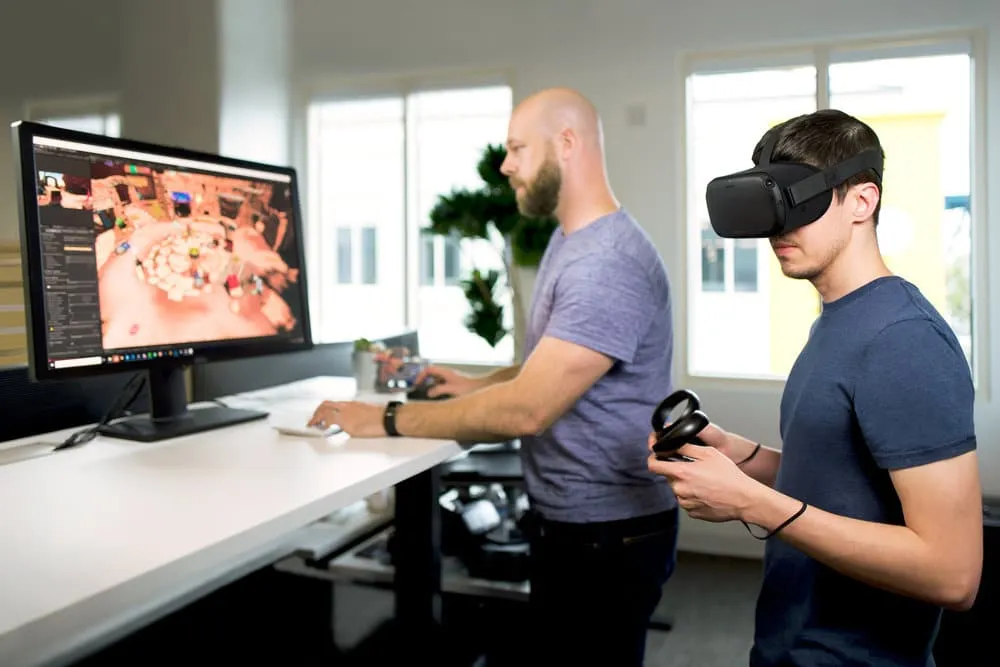We’ve confirmed with multiple sources that a standard reversible USB-C connector is used for charging Santa Cruz — the code name for a higher-end standalone VR headset on the way from Facebook.
USB-C is also the connector backed by Oculus, Valve, NVIDIA, AMD and Microsoft to transfer data, power and the VR headset’s display information over a single wire. The recently announced alternate mode to USB-C — VirtualLink — will ship on the new NVIDIA graphics cards in September.
We’d expect Facebook’s forthcoming standalone VR headset to be a hit if it costs less than $600 and works perfectly with ported games like Beat Saber and Superhot. While that is complete speculation on our part, we have heard Facebook is aiming to release the headset early in 2019. We expect official information at Oculus Connect 5 on September 26 and 27.
In the meantime, I’ve started wondering what headset designers at Facebook’s Oculus could gain or lose by becoming one of the first manufacturers to support VirtualLink in an upcoming VR headset. Here’s an overview of the possibilities.
One more thing…
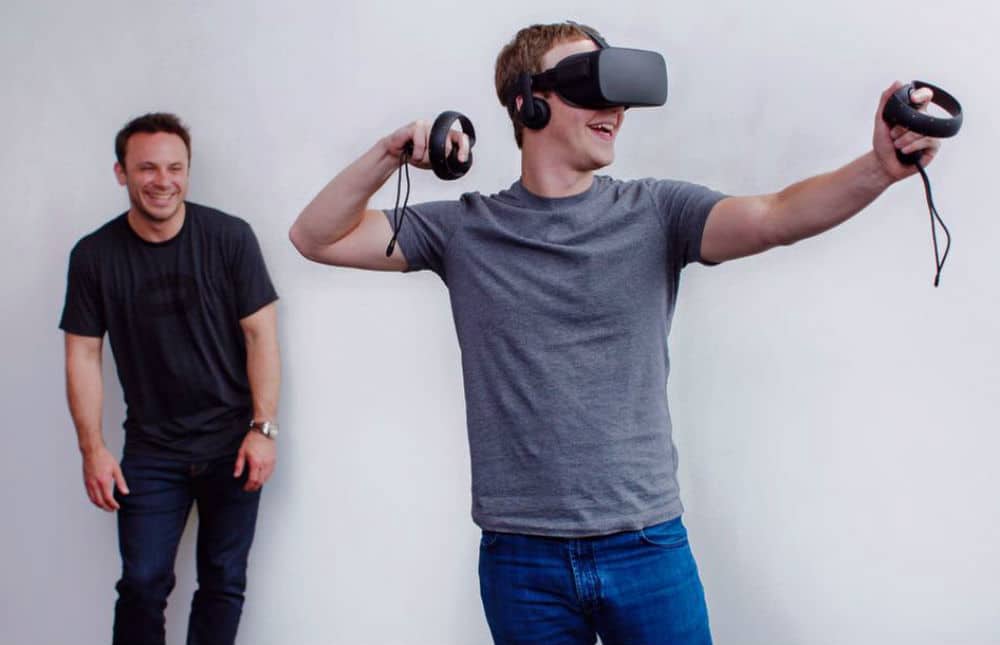
A USB-C connection with VirtualLink, in theory at least, would be capable of marrying a standalone headset with the power of a nearby PC. You could play a pared down “mobile” version of your favorite game with potentially fewer enemies or less detailed environments, or you could plug it in to start charging and use that same wired connection to bring the full fidelity of the PC version of the game to your eyes.
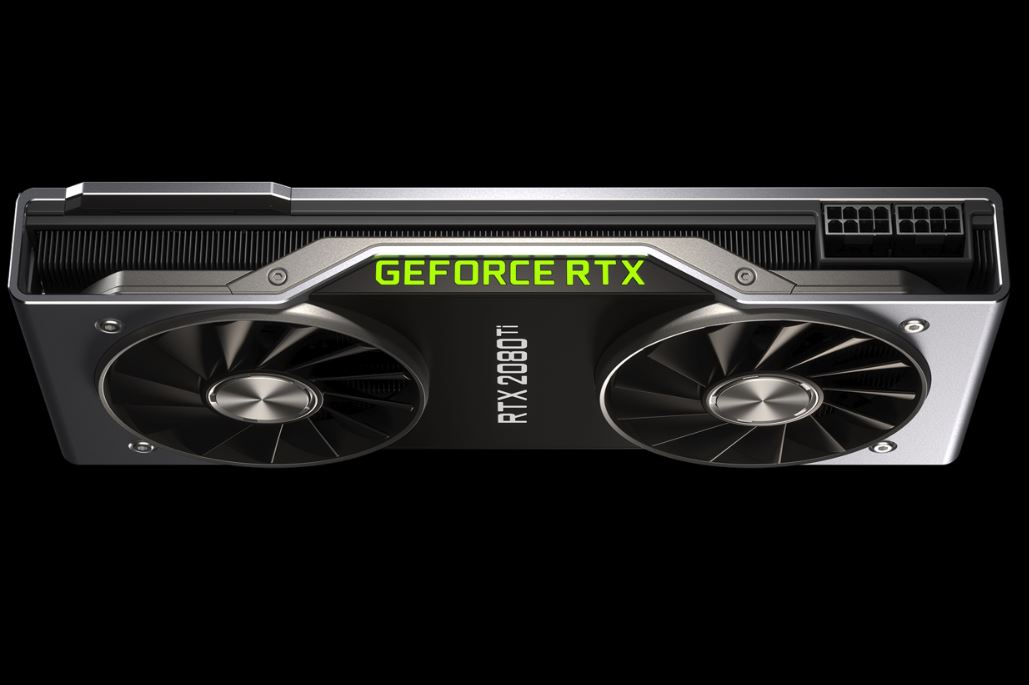
For this to work, designers would need to find a way to have the headset’s display directly driven in dual modes — one mode for the internal chipset of the standalone and another letting the PC drive the display over a long VirtualLink cable. The headset would pass tracking data down to the PC just like any other wired VR headset.
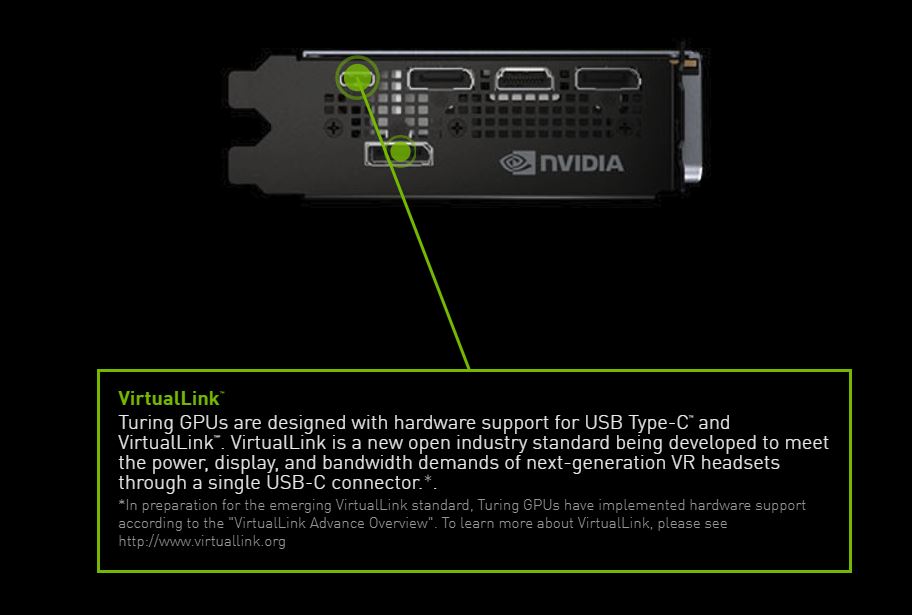
Rift Lite or Go Pro?
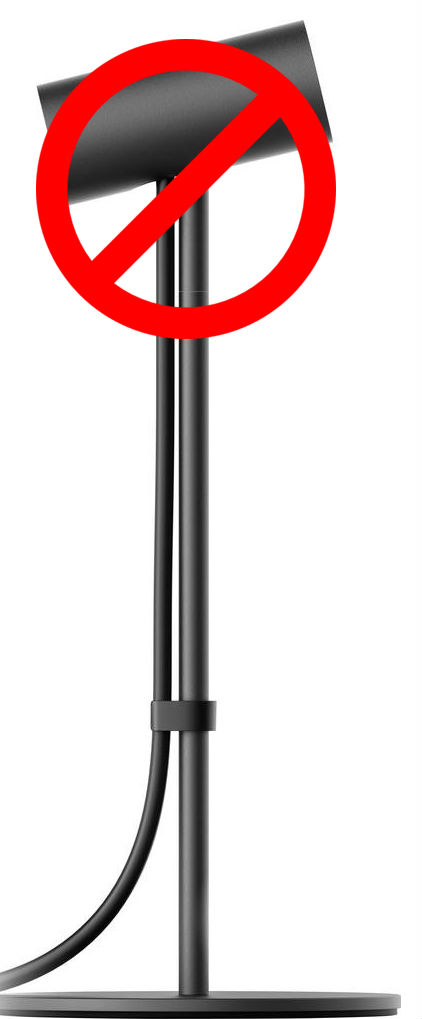
Facebook is focused on creating a great standalone experience with Santa Cruz and that means making sacrifices. If the release date, heat, weight or any other factor of the end user experience would be impeded by the inclusion of VirtualLink, then the optional connection likely wouldn’t make the cut. As we’ve seen with Oculus Go, even battery life is reduced to its absolute minimum to save weight on the headset itself. So for 2019 it seems plausible that Facebook’s leaders would focus exclusively on pushing out the best standalone headset they can build.
Then again, why wouldn’t a new Rift use VirtualLink for a more streamlined experience? The Rift hardware hasn’t been updated significantly in more than two years and the same core tracking technology that will enable Santa Cruz could also be used on an upgraded Rift to simplify the setup process and potentially even lower the minimum PC requirement. Such an upgraded Rift would need only a VirtualLink connection to a nearby PC. There would be no need for extra USB ports on your PC and annoying wires running around your home for Oculus Sensors. Oculus already demonstrated impressive visuals with improved lenses on Oculus Go — it could be time soon to bring upgraded visuals to Rift alongside a VirtualLink upgrade.
Securing Enough Content
Facebook can likely convince or pay a fair number of developers to port their experiences to run on Santa Cruz. But what about developers who aren’t paid by Facebook or interested in doing extra work to bring their experiences over to the company’s fourth consumer headset? A certain subset of creators won’t want to touch Santa Cruz because they have a problem with Facebook’s business model or they just prefer the power and openness of PC. And how likely is it that future VR games from Valve and Bethesda — two of the most influential game companies on the planet — will support Facebook’s Oculus Store? There is a lot of innovation coming from developers who love using PC and Steam’s early access program for building up a community of fans. Those communities won’t leave Steam overnight either.
Put another way, a standalone VR headset from Facebook without VirtualLink is likely another VR headset without Steam (and the PC version of the Oculus Store). There may be apps and hacks that try to stream VR indirectly from the PC, but those workarounds are unlikely to match first-party support by Valve and Oculus. PlayStation VR proves that a company can sell millions of headsets without Steam and still get many of the best games in its store. So maybe Santa Cruz can sell just fine without being a dual-mode device.
No matter what Facebook’s VR leaders choose to do with Santa Cruz and next generation Rift headsets, there are benefits to this approach that could resurface in products later on From Facebook or others.

